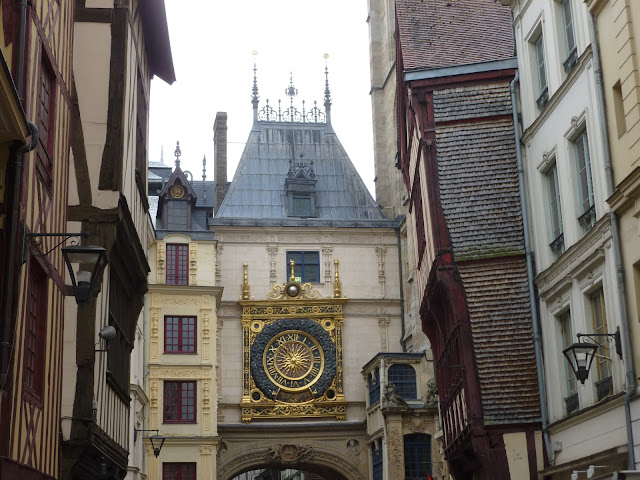Thomas Jefferson
Paris, France
GPS: N48° 51.673; E002° 19.452
Short Description:
In 1803, Thomas Jefferson purchased the Louisiana Territory from Napoleon Bonaparte. A statue of Thomas Jefferson is located on the left bank of the Seine in by the Passerelle de Solférino in Paris, France. ,
Long Description:
President Thomas Jefferson and Emperor Napoleon Bonaparte and were contemporary leaders of the United States and France respectively. Their fates were intertwined when Napoleon agreed to sell the Louisiana Territories to President Jefferson.
France controlled Louisiana, a 828 000 square mile territory in the middle of North America, from 1699 until 1762. It then gave the territory to its ally Spain. France, under Napoleon Bonaparte, officially regained ownership of Louisiana from Spain in 1800 under the Third Treaty of San Ildefonso. Napoleon had hopes of extending the French Empire into North America. An ongoing slave revolt (1791–1804) in French held Haiti and an impending war with Britain led Napoleon to abandon these plans.
The City of New Orleans is strategically located at the mouth of the Mississippi River. President Thomas Jefferson,, was interested in purchasing the City and its adjacent surroundings from Napoleon. In 1802, he sent James Monroe and Robert R. Livingston to Paris to negotiate the purchase of New Orleans and its adjacent lands for about $10,000,000. Napoleon realized he could not fight a war in Europe, deal with a slave revolt in Haiti, and keep control of Louisiana. He feared that the British, Spanish or even the United States would seize the territory. Therefore, he offered to sell the entire territory to the United States for about $15,000,000 dollars. In fact, Britain declared war on France in 1803, and the two would be at war for over a decade.
The Louisiana Purchase was one of Thomas Jefferson's greatest accomplishments as President. Fifteen U.S. states were derived from the Louisiana Purchase including : all of Arkansas, Missouri, Iowa, Oklahoma, Kansas, and Nebraska, parts of Minnesota, most of North and South Dakota, northeastern New Mexico, northern Texas, portions of Montana, Wyoming, and Colorado and Louisiana west of the Mississippi River along with the City of New Orleans. This doubled the size of the United States and set the stage for westward expansion to the Pacific Ocean.
The Louisiana Purchase was not without controversy. Many thought it was unconstitutional since the U.S. Constitution did not contain provisions for purchasing territory. Nonetheless, Jefferson decided to purchase the land to remove France's presence in the region and to protect U.S. trade on the Mississippi River and through the Port of New Orleans.
A 10' high bronze statue of Thomas Jefferson, who was the U.S. minister to France from 1785 to 1789, was installed in Paris on July 4, 2006. The statue was created by French sculptor Jean Cardot’s and donated to the city of Paris by the Guy Wilderstein, an art dealer, and the Florence Gould Foundation, an American organization that fosters French-American cultural exchange.













































